9 things you need to know about air purifiers, before getting one

If you are thinking of getting an air purifier, but not sure whether if it can truly benefit your well being, then this article is meant for you. Read on to find out the 9 things you should know, before purchasing one for your home!
An air purifier is similar to a water purifier, which purifies the water by removing the harmful chemicals.
It is a device which improves the air quality through sanitizing, by removing contaminants, pollutants and allergens from the air.
If your property is located next to a busy main road, next to a coffee shop, or even factories where there is a constant flow of soot, cooking fumes and pollution, an air purifier will be useful in improving the air quality for your family!
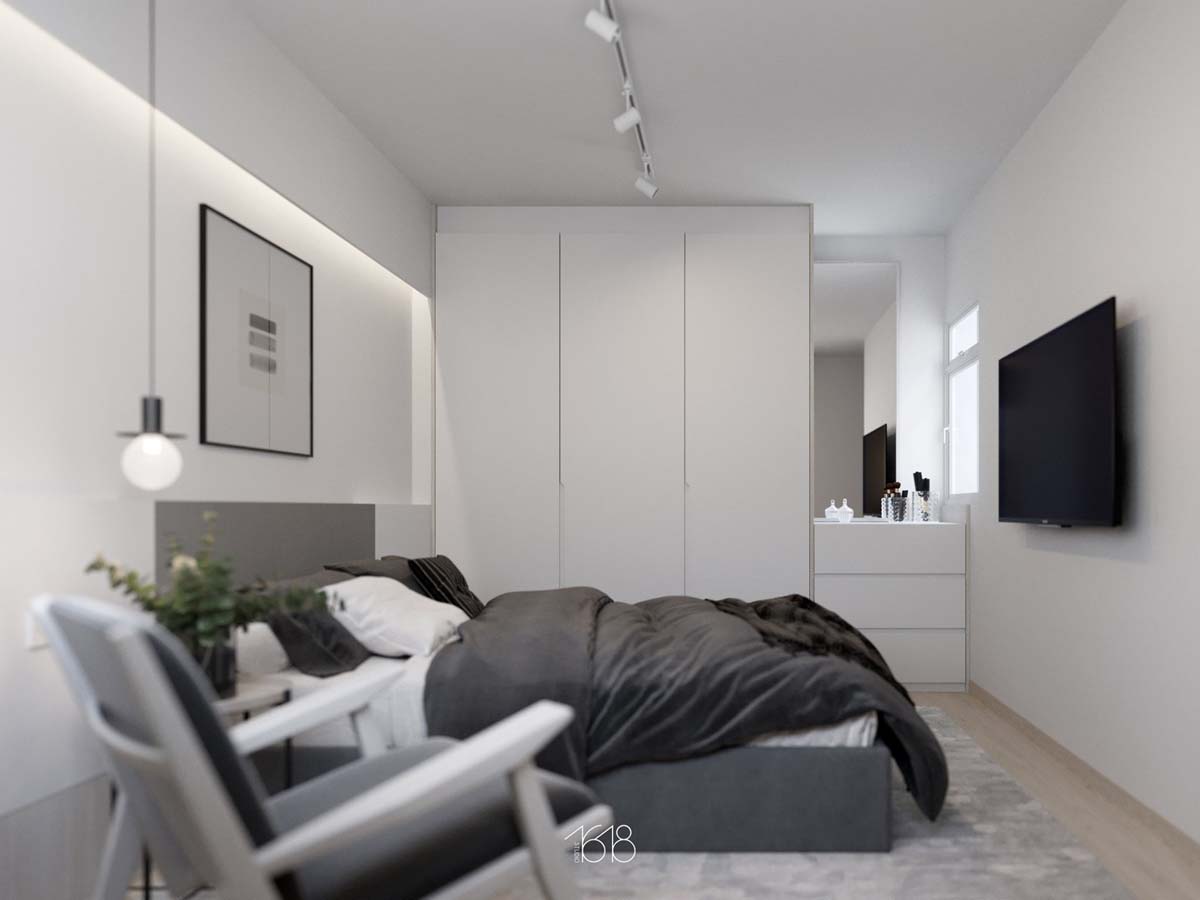
Air purifier is able to kill airborne pathogens, which cause allergies and sickness. It also removes indoor pollutants, which could cause respiratory infections or trigger asthma attacks.
Therefore, when an air purifier is used correctly, it is able to keep us healthy.
Nevertheless, it is important to note that air purifiers should not be viewed as a treatment, but an important part of your overall avoidance strategy for minimising environmental exposure to allergen.
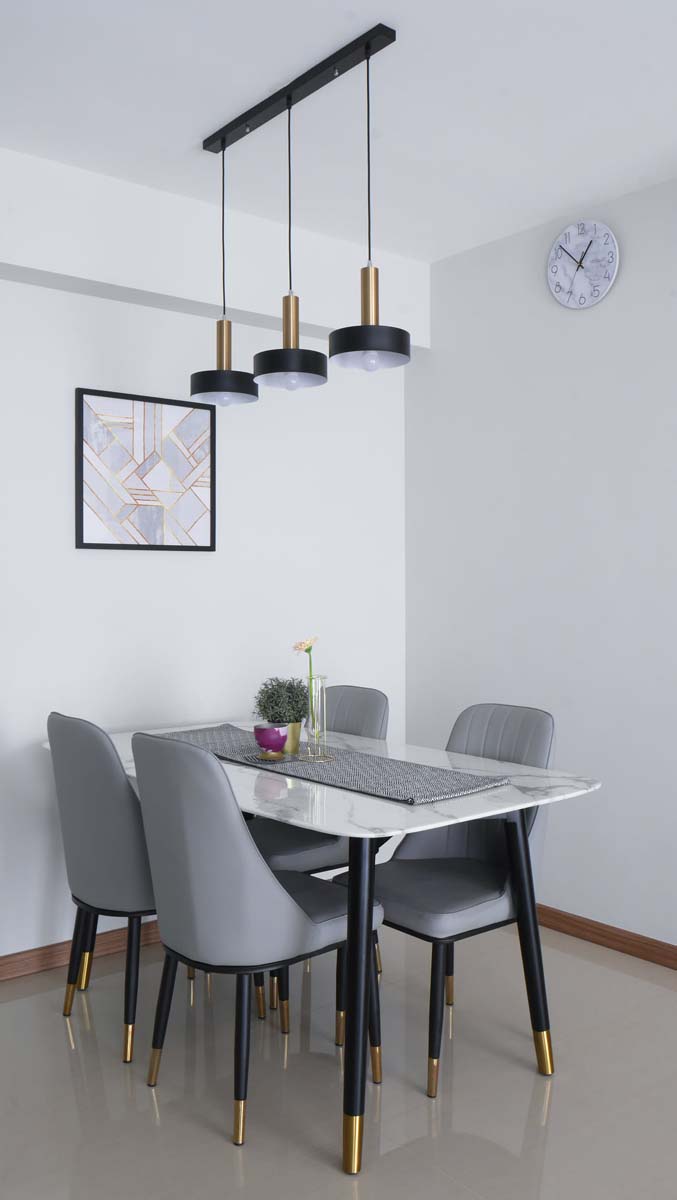
Indoor allergens, such as dust mites, can trigger allergies or runny nose and sneezing.
These symptoms will disrupt your sleep and disrupt your rest.
Air purifiers with High-Efficiency Particulate Air (HEPA) filters are recommended to remove most of these allergens from the bedroom and guarantee you a good night’s rest.

The HEPA filters are able to remove particles of more than 0.3 microns, with 99.97 per cent efficiency. Therefore, the HEPA filters can remove particles the Covid-19 virus is attached to.
This is because although the Covid-19 virus is indeed around 0.1 microns in size alone, it needs to bonded to something larger, such as water droplets or aerosols (such as mucus protein or other biological material) which usually ranges from 0.5 to 3 microns, to transmit across the air.
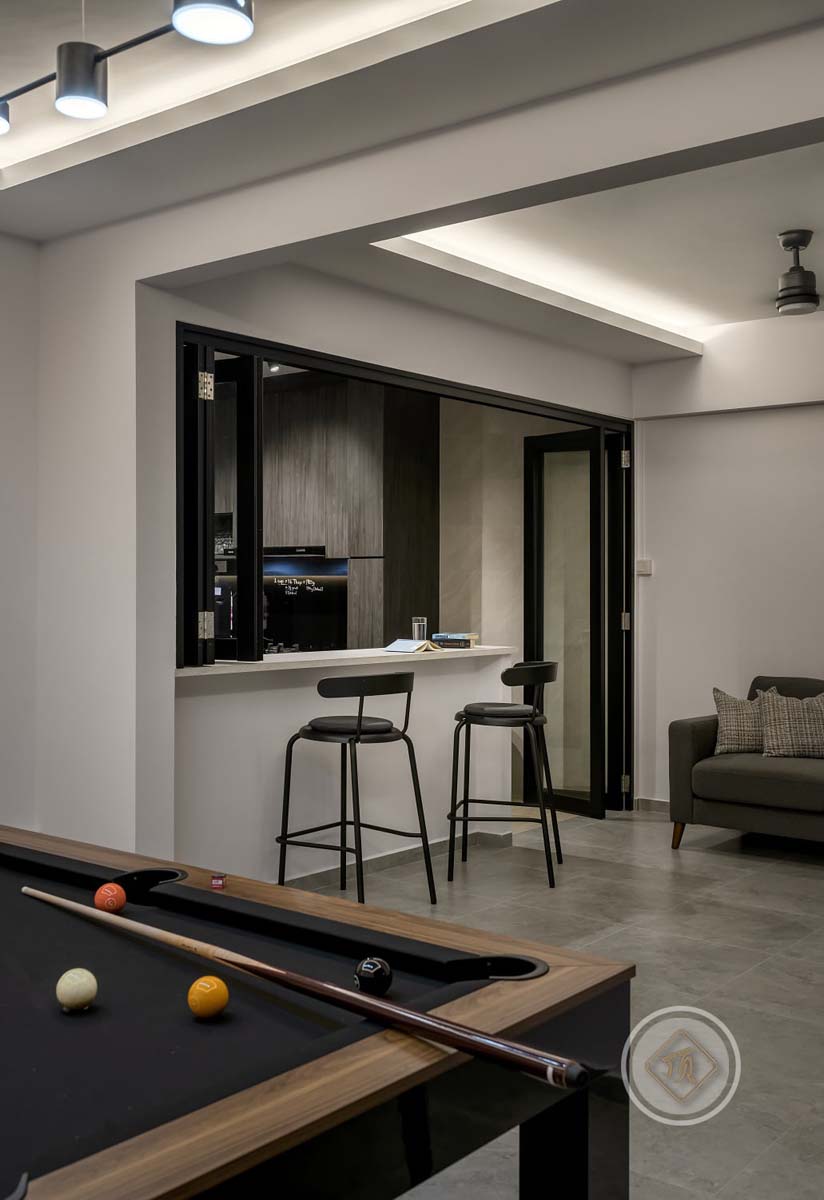
Different air purifiers use different methods to sanitize the air. These methods include the following:
Ozone air purifiers, generate O3 from the air. The third oxygen molecule makes the O3 unstable, and so, therefore, makes it attach easily to the airborne particles.
It can also attach itself to viruses, bacteria, mould spores, smoke, odour and organic matter. After it attaches to pollutants, the bio-contaminant are eliminated or make them attach to another solid material. Once this happens, the O3 changes back to oxygen.
Studies have shown that a much higher concentration of O3 is needed for the air to be purified. However, exposure to a high level of O3 will have serious health concerns, as it can be damaging to the respiratory system.
Take note that some UV light air purifiers also release O3, therefore be sure to check before getting this the air purifier.
HEPA filters trap at least 99.97 per cent of particles that are larger than 0.3 microns.
As they are able to trap bacteria, viruses and mould and bacteria, they create a more sanitary environment. As it does not produce any O3 as a byproduct, air purifier with HEPA filters are highly recommended.
Activated carbon, sometimes known as activated charcoal, is a processed, porous carbon, with its the surface area dramatically increased for the purpose of high absorption.
Hence, it is very effective in trapping pollutants such as chemical Volatile Organic Compounds (VOCs) emissions such as formaldehyde, cooking fumes and removing odours. However, it is unable to trap viruses and bacteria like HEPA filters.
The UV rays are usually deployed in the last stage of the filtration after the air has been filtered with HEPA and activated carbon. UV rays are effective in eliminating germs such as bacteria and viruses.
An ion with a negative charge is an oxygen atom, which has gained an electron.
The negative ions will attract the airborne particles, such as dust, mould spores, germs and odours and make them attach to another larger, solid material, such as the wall, windows, curtains or the floor.
Since the negative ions work by removing the particles from the air, instead of eliminating their presence from the room, they are not very effective as these particles may become loose and recirculate back in the air.
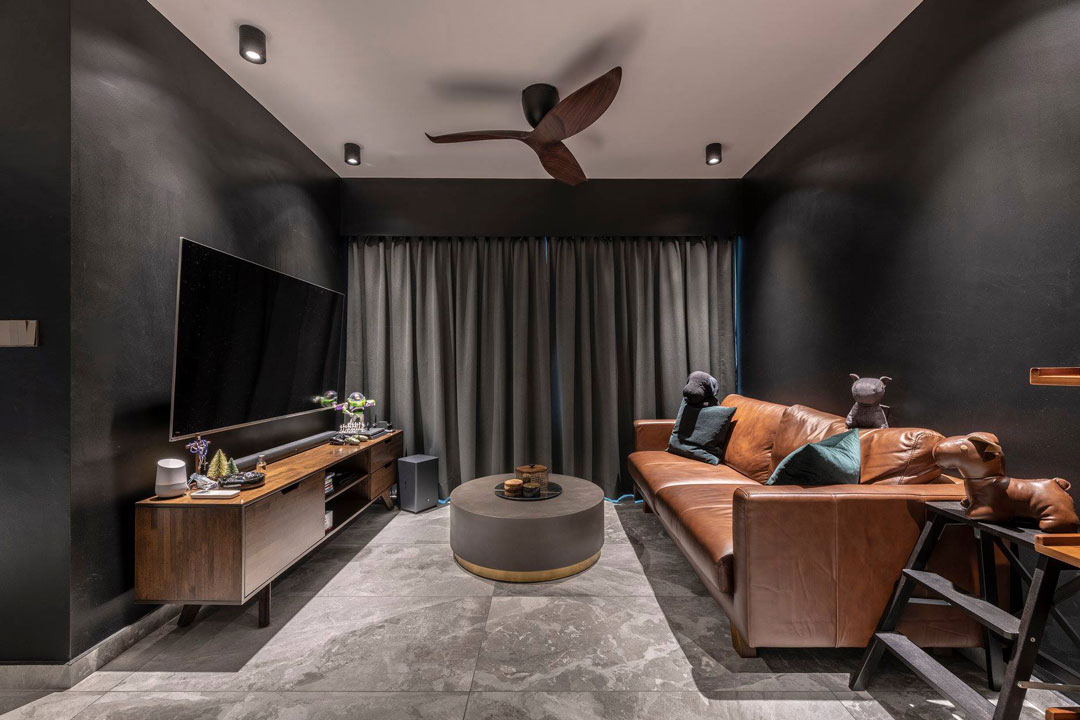
Look out for the Clean Air Delivery Rate (CADR), which is the metric to measure the performance of air purifiers. The CADR rating indicates the volume of air, measured in Cubic Feet per Minute (CFM), which have particles removed and sanitised.
For instance, if an air purifier has 100 CFM and 100per cent efficiency the CADR would be 100.
If the air filter purifier 100 CFM and 75 per cent efficiency the CADR would be 75.
Therefore, the higher the CADR number, the better.
Another use of the CADR indicator is to use the CADR rating and multiply by a factor of 1.55, to get the maximum room size (based on a ceiling height of 8 ft).
For instance, a 100 CADR air cleaner will be able to purify the room size of up to 155 sqft. Conversely, use the room size to determine the right air purifier based on its CADR.
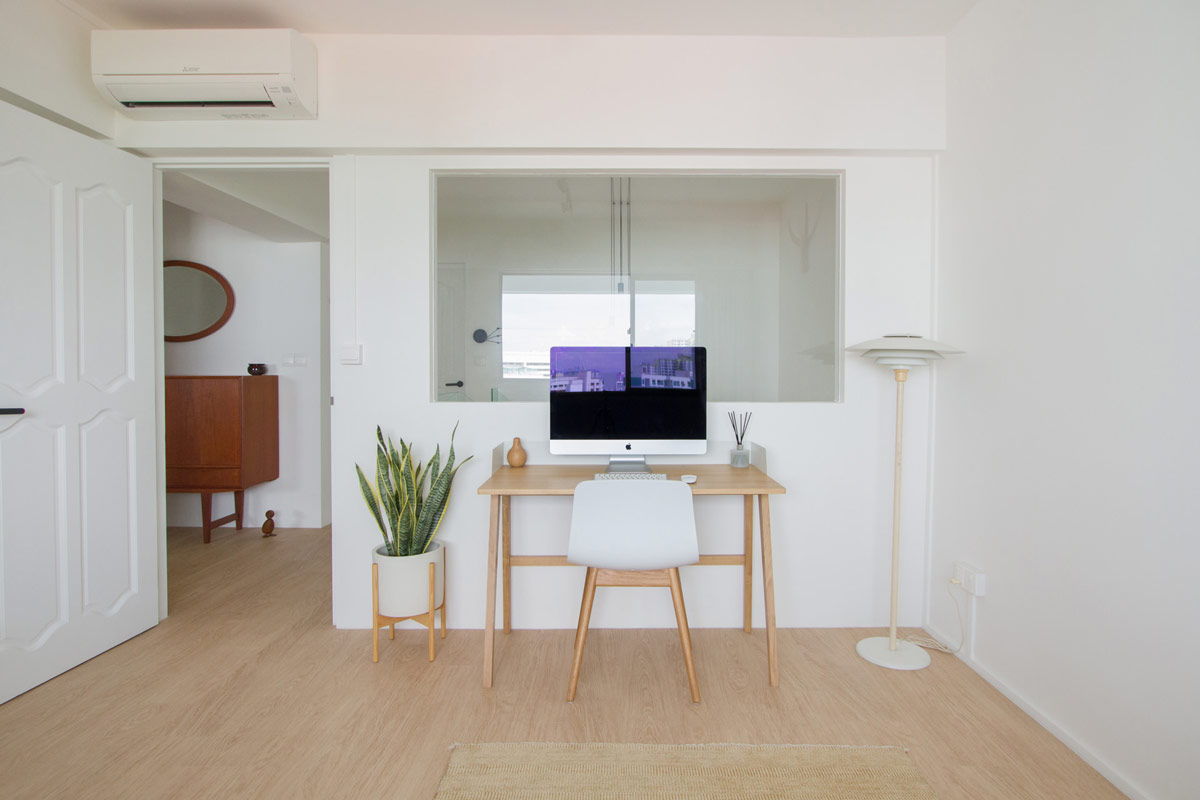
Air purifiers are also affected by the quality and thickness of the activated carbon filter, which is used to absorb odours and gases. Thicker, heavy-duty carbon filters are more expensive but more effective.
An air purifier with a thinner mesh-like carbon filter is less effective in trapping pollutants.
Air purifiers are different from air filters due to the way they operate.
Air filters/cleaners remove the contaminants and dust, without sanitizing, through the use of a mesh. Air purifiers sanitize the air mainly through the use of UV lamps.
In addition, Not to mention, air purifiers operate silently, as compared to the air filters/cleaners, as they do not need to make use of the fan to suck in the air.
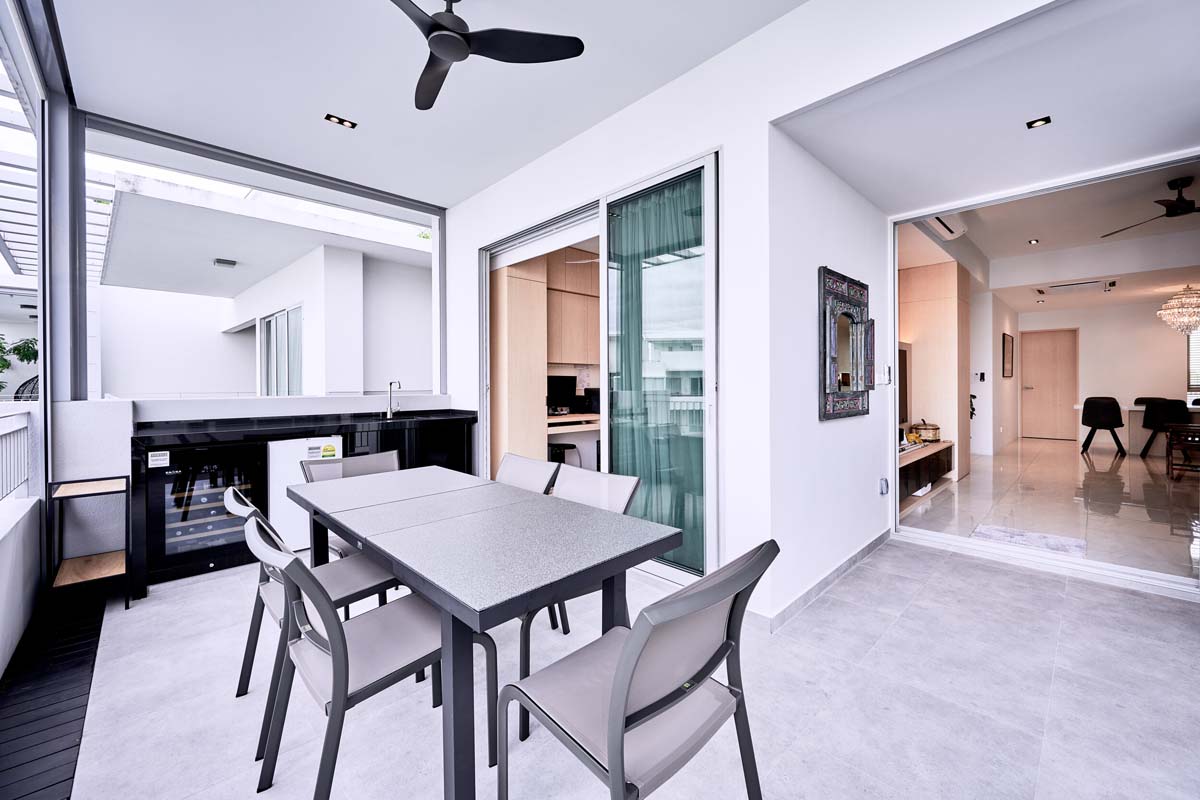
If keeping your indoor air humid and fresh smelling is your priority, a water-based air purifier may be more suitable for you. It makes use of water, rather than filters, to purify the air.
However, since it relies on water, instead of HEPA or carbon filters, it is less effective in combating mould, fungi and odours. Hence, water-based air purifiers are usually recommended for very small to small rooms.
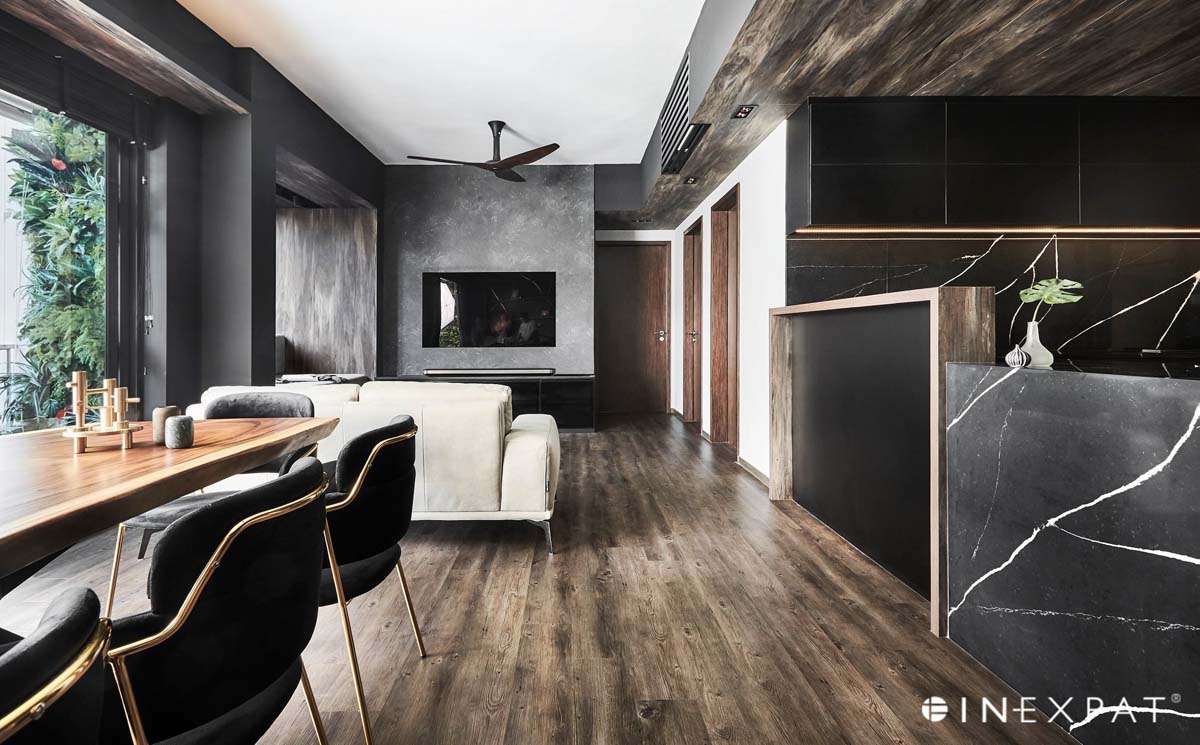
This article was first published in Renonation.